Gwanghwamun Hanokjip (광화문한옥집)
17.5Km 2024-10-15
7, Saemunanro5ga-gil, Jongro-gu, Seoul
+82-2-731-2500
A store with rooms reproducing a traditional kitchen. The best menu at this restaurant is napa wraps with pork. This is a Korean cuisine located in Gwanghwamun Gate, Seoul.
Ilpumdang Premium (일품당프리미엄)
17.5Km 2021-04-20
7, Saemunan-ro, 5ga-gil, Jongro-gu, Seoul
+82-2-1899-4949
A shabu-shabu specialty restaurant located in Gwanghwamun Gate, Seoul. A store with rooms. The most famous menu is shabu-shabu.
Olive Young - Jonggak Branch [Tax Refund Shop] (올리브영 종각)
17.6Km 2024-04-18
45, Sungkyunkwan-ro 6-gil, Jongno-gu, Seoul
-
National Memorial of Korean Provisional Government (국립대한민국임시정부기념관)
17.6Km 2023-01-16
279-24, Tongil-ro, Seodaemun-gu, Seoul
The National Memorial of Korean Provisional Government was established to shine a light on the proud history of the Korean Provisional Government's independence and the spirit of a democratic republic and to pass it on to future generations. The four-story memorial building with three underground floors houses three permanent exhibits, one special exhibit, Larchiveum, Symbol Plaza, storage, multi-purpose hall, and rooftop garden over a total area of 3,656 square meters, a total floor area of 9,703 square meters and a total exhibition space of 2,240 square meters. The permanent exhibits consist of a series of historic events from the March 1st Movement, which served as a turning point for the formation of the Provisional Government, to the foundation of the Korean Government that succeeded the mantle of the provisional government, while the special exhibit on the 1st floor currently hosts a special opening exhibition under the title of 『The Return of the Provisional Government of the Republic of Korea』. Moreover, a symbolic wall installation under the theme of "Waves of History" is displayed in the outdoor plaza on the 1st floor of the memorial expressing the Provisional Government’s desire for independence and the dynamics of the past, present, and future of Korea.
Ebookers Korea Inc. ((주)이부커스코리아)
17.6Km 2025-07-07
(2nd Floor), 212 Jangchungdan-ro, Jung-gu, Seoul
We strive for a special kind of tourism that combines wellness tourism (healing) and medical tourism (treatment).
We are a Korean wellness and medical tourism company leading the country’s safe and healthy travel culture.
* Products and Services
Wellness medical tourism programs that uniquely combine wellness and medical tourism
Referral and reservation service for selected wellness destinations and Korean hospitals with excellent medical technology
Guidance services provided at local partner companies
Content creation and reservation based on our personalized service system
Convenient tourism programs catering to each patient's health conditions
Medical tourism visa application and referral services on C33VISA site
* A medical tourism product brand
Medi Well Come products: Health checkup / general practice (minor / major / female / preventive / eye problems)
Suwon Chicken Street (수원통닭거리)
17.6Km 2025-05-22
16 Jeongjo-ro 800beon-gil, Paldal-gu, Suwon-si, Gyeonggi-do
Suwon Chicken Street, located in a small 100 m-long alley on Paldal-ro, Paldal-gu, Suwon, is where about 11 stores, ranging from the original store that opened in 1970 to new ones, serve fried whole chicken. It is the tradition of Suwon Chicken Street to pour oil into a large cauldron and fry chicken. The menu only consists of fried chicken and seasoned fried chicken, but they are gaining popularity for their savory taste, different from those of famous chicken brands. In Suwon Chicken Street, you can meet the granny of “Maehyang Tongdak,” who has been selling fried chicken in Suwon Chicken Street since the 1970s using the chicken she raised in a chicken coop on a stall, as well as the famous “Yongseong Tongdak" and “Jinmi Tongdak" in this alley. The chicken price is low, so you don't have to worry about it. Thanks to plentiful servings and unique taste, the shops on this street are crowded with customers from all over the country, including students, who come having heard of the place by word of mouth.
KYUNGBOKKUNG(경복궁)
17.6Km 2020-10-29
65, Jong-ro, Jongno-gu, Seoul
+82-2-722-2004
This Korean cuisine is located near Jonggak Station, Seoul. The representative menu is grilled Korean beef sirloin. Assorted specials include loin, flank steak, and top blade of beef for barbecue.
Honghwa Jokbal Bindaetteok (홍화족발빈대떡)
17.6Km 2021-03-26
65, Jong-ro, Jongno-gu, Seoul
+82-2-723-0614
A great place for group dinners and gatherings. This restaurant's signature menu is braised pigs' feet. This Korean dishes restaurant is located in Jongno-gu, Seoul.
GAMMEEOK (감미옥(감미옥본점))
17.6Km 2024-02-19
181, Tancheon-ro, Bundang-gu, Seongnam-si, Gyeonggi-do
This restaurant, with 33 years of history, serves Seolleongtang (Ox bone soup). The soup is rich and deep in flavor, thanks to the bones that are boiled for more than 12 hours. It pairs perfectly with Baechukimchi (Kimchi) and Kkakdugi (Diced radish kimchi), both ripened to perfection and served on the side. The soup is presented in a hot pot. To mitigate the oily flavor, add plenty of minced green onions, and season with salt and pepper to taste. The meat in the soup is tender and has a clean taste.
KT Square (KT스퀘어)
17.6Km 2021-07-08
178, Sejong-daero, Jongno-gu, Seoul
+82-1577-5599
KT Square is a multi-complex that offers various cultural performances as well as hands-on experiences of the latest in IT technology. Gallery 130 showcases the history of KT Corp.
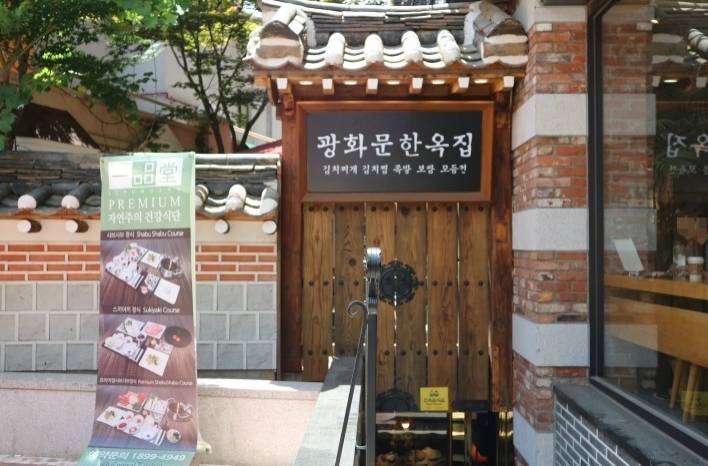
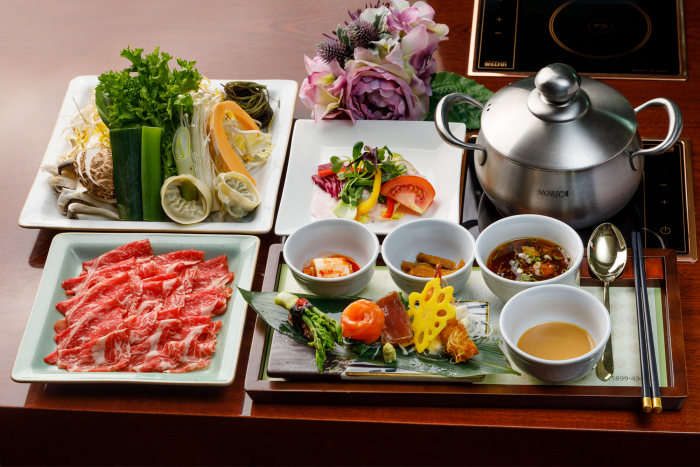
![Olive Young - Jonggak Branch [Tax Refund Shop] (올리브영 종각)](http://tong.visitkorea.or.kr/cms/resource/24/2878224_image2_1.jpg)

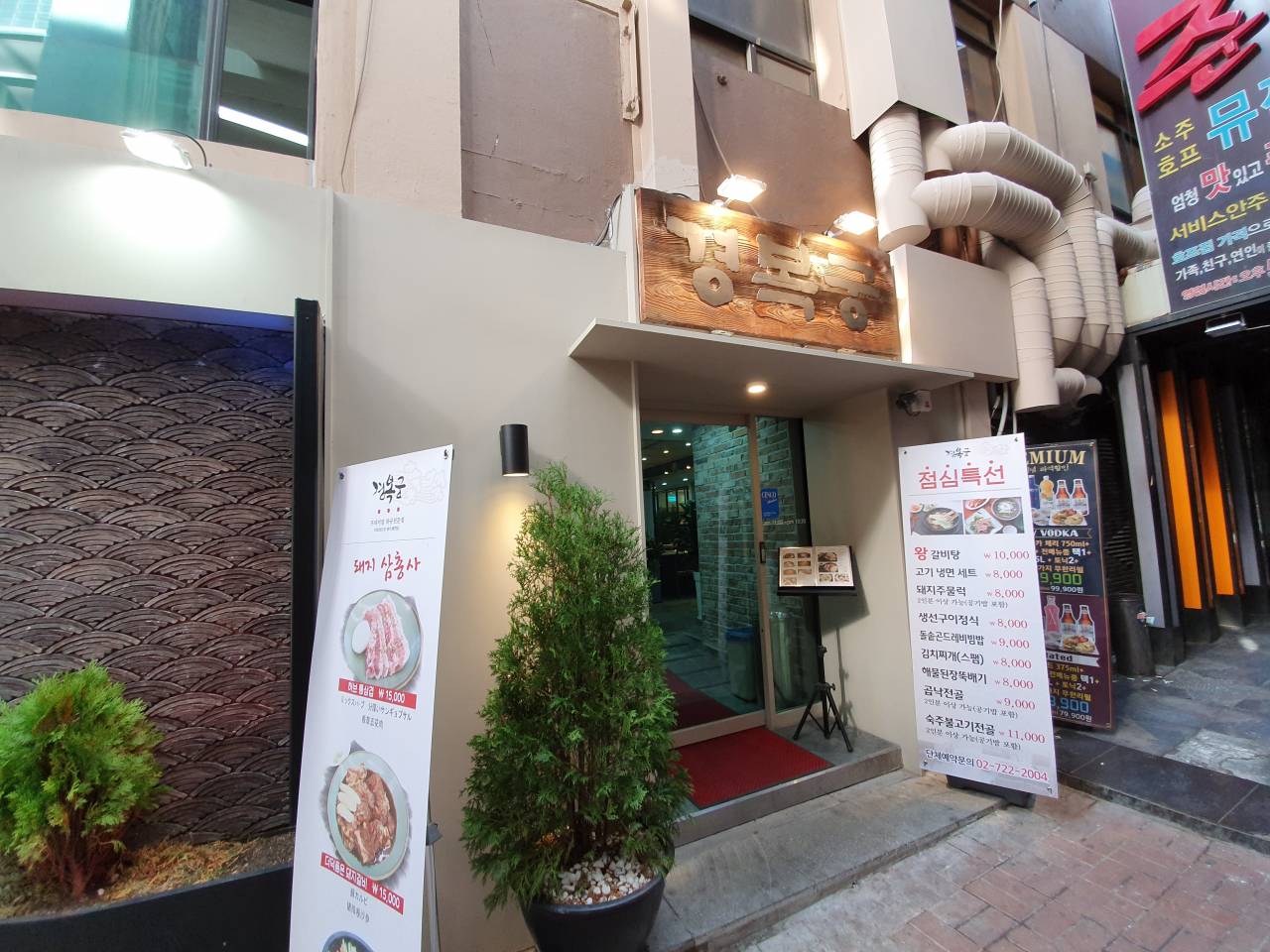
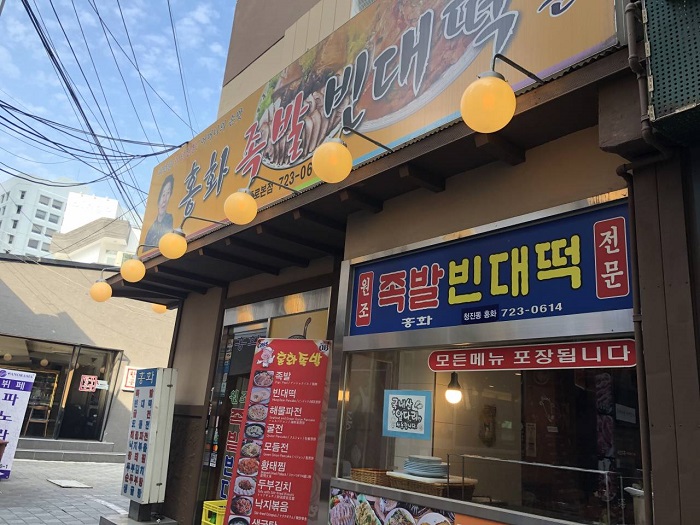
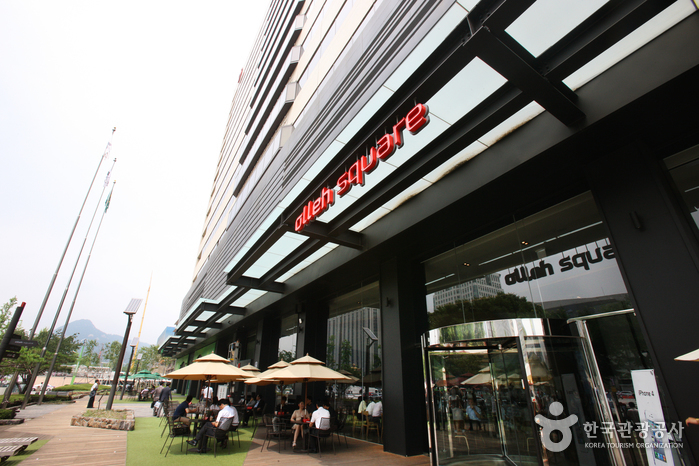
 English
English
 한국어
한국어 日本語
日本語 中文(简体)
中文(简体) Deutsch
Deutsch Français
Français Español
Español Русский
Русский